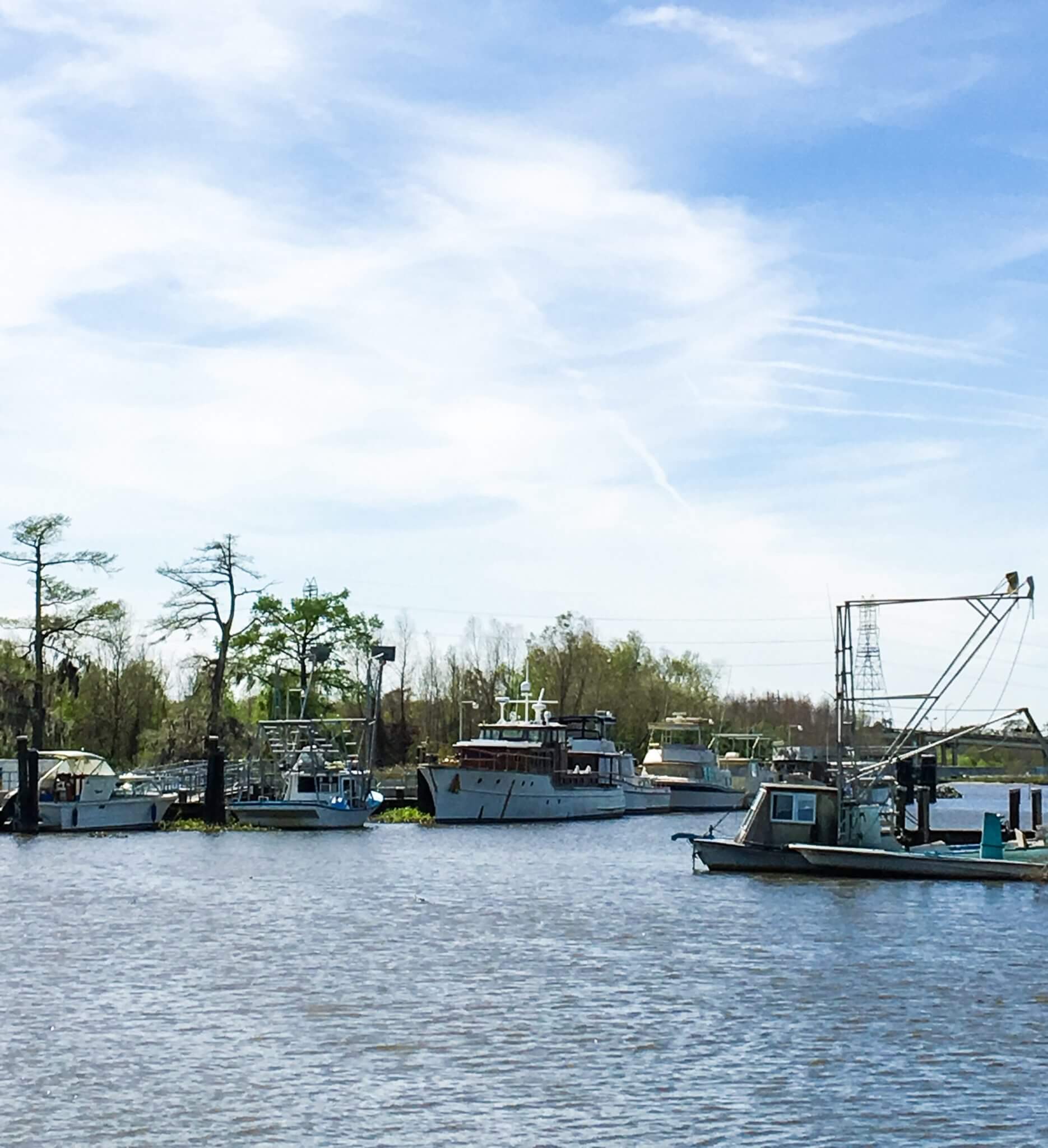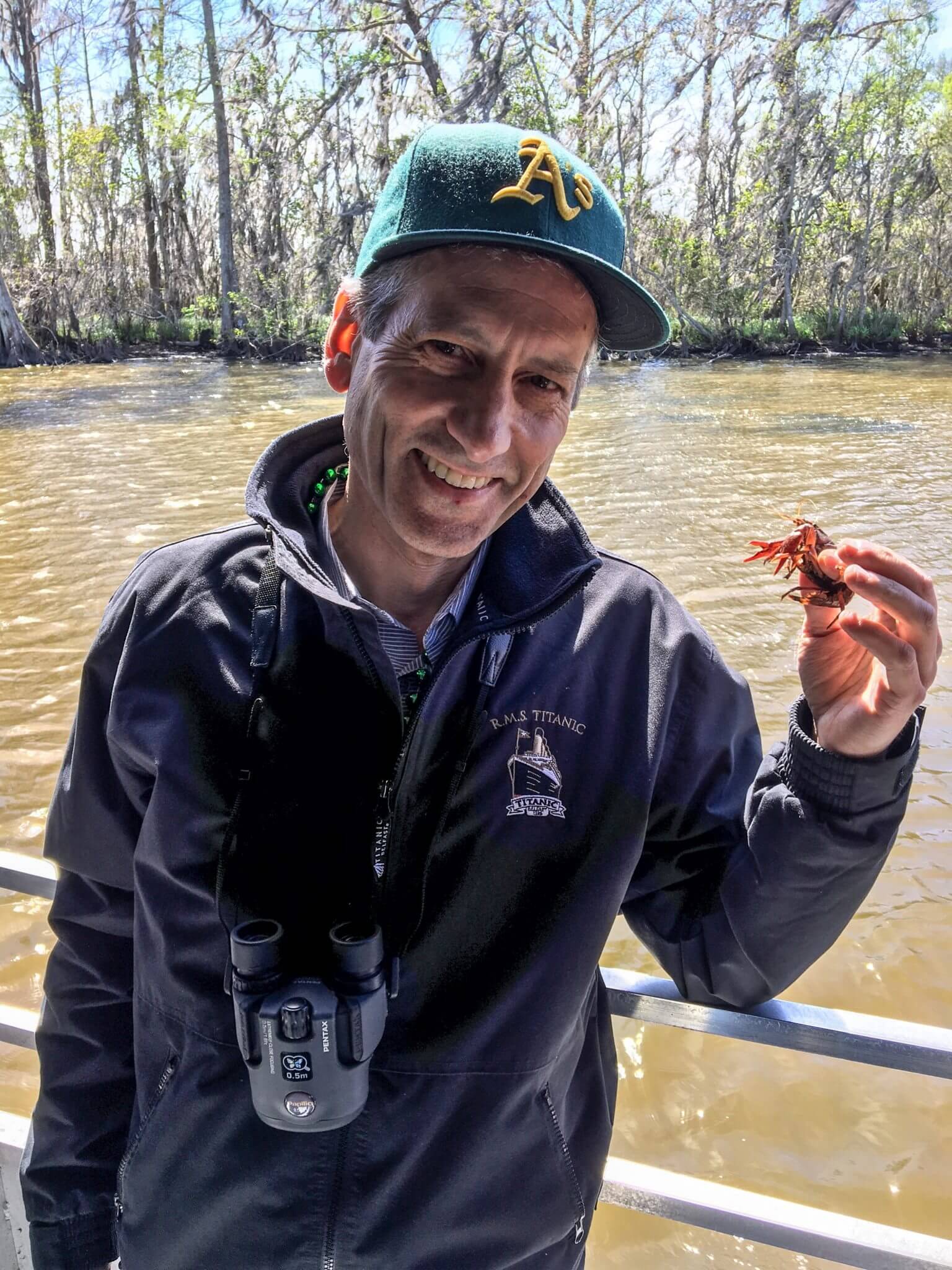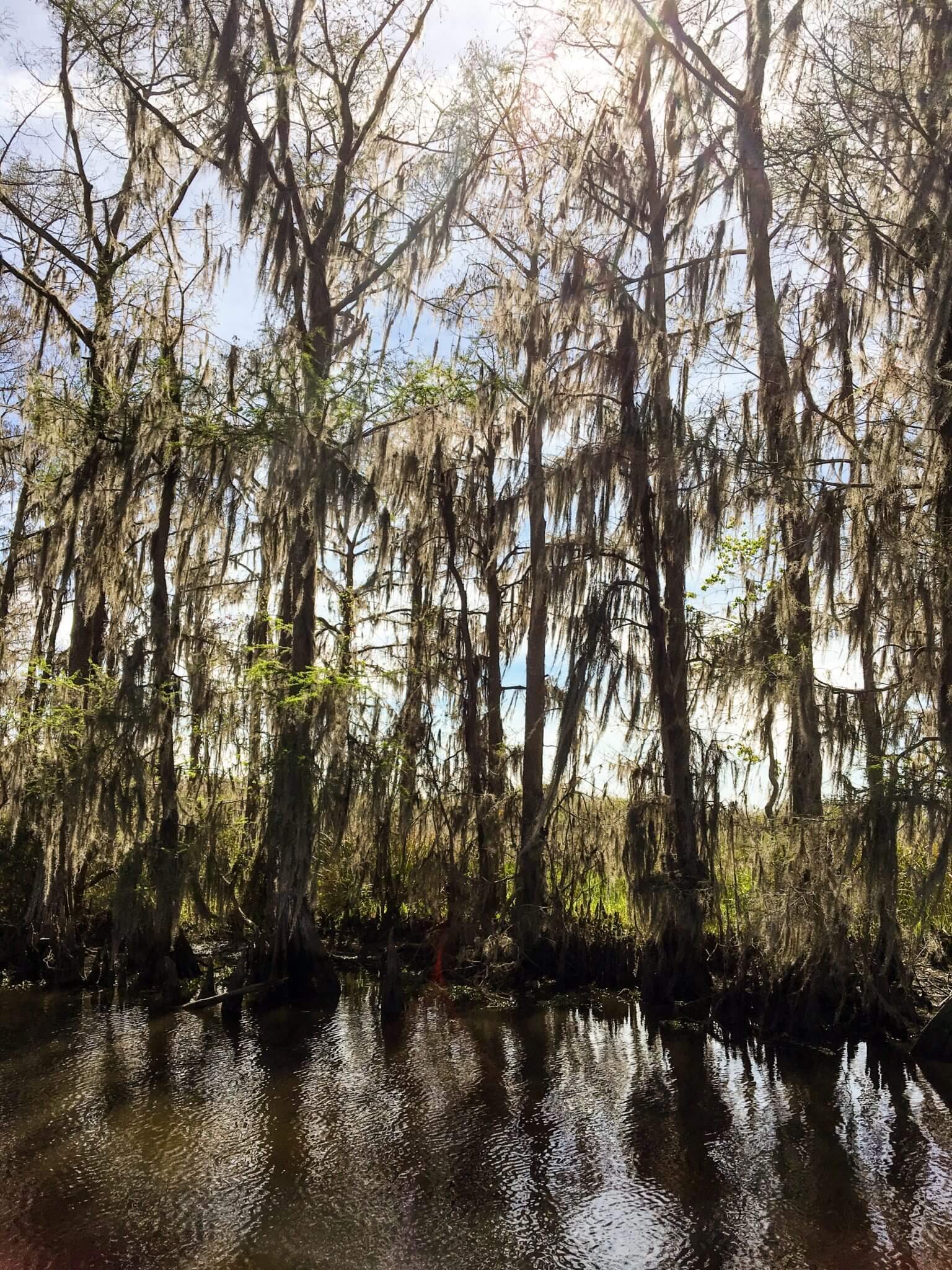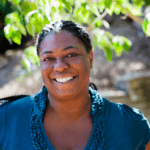There are several days each week when I am fortunate to get to wear many environmental education hats. On a daily basis, I am the Director of Environmental Education at TreePeople and a Regional Coordinator for the California Regional Environmental Education Community (CREEC) Network. In addition, I serve on California’s Environmental Literacy Steering Committee, participating on two of its work teams—one focused on re-envisioning the CREEC Network statewide, and another that is cultivating partnerships among school districts and community-based environmental education organizations to better support teachers by providing resources for enhancing science and environmental literacy.
When the leadership of the Environmental Literacy Steering Committee asked me to attend the American Association of School Administrators (AASA) Conference in New Orleans in March 2017, I was excited at the prospect of wearing almost all of my environmental education hats at once while learning what was happening in school districts across the country. The Superintendents’ Environmental Education Collaborative (SEEC) led the session I participated in. SEEC was formed through a partnership between superintendents and environmental organizations. Its mission is to expand environmental education programs for all students to provide robust, real-world learning experiences that bolster STEM learning, civic engagement, and prepare students for the challenges and opportunities of the 21st century workforce. SEEC hosted an informative and engaging session at AASA designed to launch a National Superintendents Environmental Education Collaborative. The Collaborative is a historic opportunity to facilitate an ongoing conversation between superintendents and partners from environmental organizations, with the goal of leveraging the Every Student Succeeds Act and providing information for colleagues to expand on efforts of environmental organizations to promote environmental literacy nationwide.
A strong panel of leaders facilitated the session: Dr. Kevin Maxwell, CEO of Prince George’s County Public Schools; Kathy McGlauflin, Senior Vice President of Education for Project Learning Tree; Don Baugh, President of Upstream Alliance; Sarah Bodor, Director of Policy & Affiliate Relations for North American Association for Environmental Education; and the Environmental Literacy Steering Committee’s own Anne Campbell, San Mateo County Superintendent of Schools. Sixty superintendents gathered to strategize methods of accessing funding, forming partnerships, collaborating with environmental education providers, advancing environmental literacy plans, and viewing model programs. At the end of the session, Dr. Maxwell solicited help from the superintendents, asking them to become champions for environmental literacy in their states. Superintendents from 16 states volunteered to do so, and to pass along information from the newly-formed Collaborative to education leaders in their states. The session continued with a fun field experience to the local bayou to explore the local effects of climate change, and to the Ninth Ward where the conversation continued on a bus tour of the area. This gave participants an opportunity to experience firsthand the many intersections between outdoor learning and the classroom.
What I learned at AASA about the partnership work happening across the country broadened my perspective and increased my appreciation for our Steering Committee’s focus and initiatives in California, all of which significantly informs my approach with projects here in Los Angeles. As California’s Blueprint for Environmental Literacy outlines, the teacher by teacher, classroom by classroom, school by school approach to accessing educational experiences that build environmental literacy will ultimately fall short of accomplishing the goal of ensuring access for ALL California students. Currently, individual teachers and principals must self-select and choose to participate in environmental education programming based on their individual, classroom, and school’s capacity, interests, and access to resources in their areas. Teachers who don’t share a particular affinity for nature, don’t feel they have the capacity to include and manage environmental education in their classrooms, or don’t have knowledge or access to these resources inadvertently cause their students to be excluded. The Steering Committee is focusing its efforts on the school district as the unit of change, because working with the 1,000 districts in California is more manageable, and is a logical leverage point when you consider that about half of those districts are attended by 95% of California’s students.
ChangeScale, a collaborative of San Francisco and Monterey Bay Area organizations working together to advance environmental literacy, has been focusing on the district with its recently launched School Partnership Initiative, which forges school-to-community partnerships that expand access to environmental education for 150,000 K–12 students in the Bay Area. School districts currently participating are Petaluma City Schools, Alameda Unified School District, Campbell Union School District, and Pajaro Valley Unified School District. ChangeScale and its partner organizations are collaborating with these school districts to develop large-scale models for environmental literacy that align environmental education programs with the vision of the Next Generation Science Standards, and help connect teachers to community environmental education resources that supplement and enrich classroom instruction. As teachers increasingly utilize those resources, students gain greater awareness of environmental issues, think of ways to address challenges, broaden their knowledge of jobs in the green workforce, and evolve in their desire to become better environmental stewards. ChangeScale’s School Partnership Initiative complements the goals of California’s Blueprint for Environmental Literacy and the Superintendents’ Environmental Education Collaborative’s recommended strategy of developing and implementing environmental literacy plans for districts.
Thanks to a three-year $3.1 million grant from the Leonardo DiCaprio Foundation, the Steering Committee is adapting the ChangeScale model to increase access and support to school districts across the state as they implement new science standards that emphasize content and pedagogy highly aligned with environmental literacy. Here in Southern California, TreePeople has been selected to work with two Los Angeles County school districts in 2017 to create Environmental Literacy Plans that will help them implement the new Science and History–Social Science Frameworks. Districts are in the application phase at this time, and will receive training and assistance to create their plans, and connect with local providers and partners. I am proud to lead this effort in Los Angeles County, and look forward to making strides with this district-focused approach so that we can create a model to scale across the state that supports California’s teachers and brings environmental literacy to our 6.2 million students.




